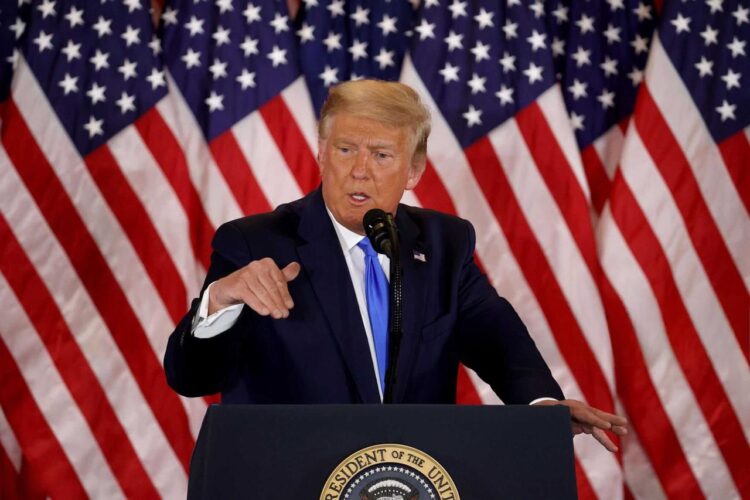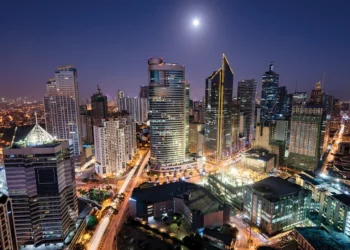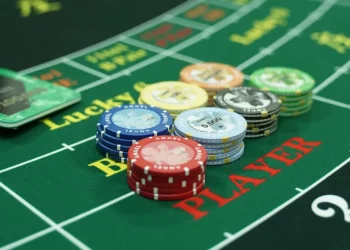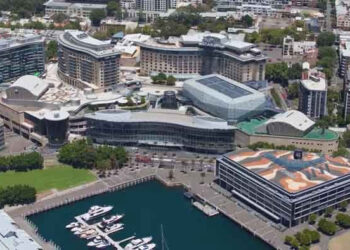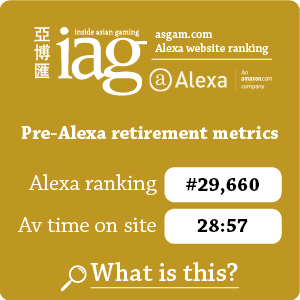US President Donald Trump signed an executive order on 2 April to eliminate the tariff exemption for small parcels from mainland China and Hong Kong – and is considering whether the new rules will cover small parcels from Macau.
The White House issued a statement saying that this was a response to China’s failure to take action to stop the continued flow of opioids into the United States. The measure, which will take effect on 2 May, will impose a tariff of 30% of the value of the goods, or US$25 per package, and will increase to US$50 per package after 1 June on goods with a value of less than or equal to US$800 that are sent to mainland China and Hong Kong through means other than the international postal network.
However, the tariff measures do not at this stage cover the Macau SAR.
The statement says, “Within 90 days of the date of this order, the Secretary of Commerce, in consultation with the United States Trade Representative, shall submit a report to the President regarding the impact of this order on American industries, consumers and supply chains making recommendations for further action as he deems necessary – including a recommendation on whether extending de minimis ineligibility to packages from Macau is necessary to prevent circumvention of this order.”
Trump also unveiled a new round of tariffs that would impose a 10% tariff on all goods shipped to the US by all trading partners, with higher rates for countries that have a trade surplus with the US. The reciprocal tariff rate for China is 34% compared with 25% for South Korea, 24% for Japan, 20% for members of the European Union and 10% for the United Kingdom, among others.






